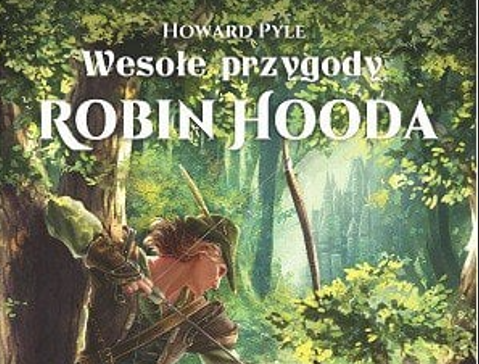Robin Hooda: The legend of Robin Hood was popular in early English folklore, but later became a part of literature and even a film. This heroic outlaw was an accomplished swordsman and archer. His exploits have been immortalized in numerous ballads, novels, and movies. Here is a look at some of the earliest surviving texts of a robin hooda story.
earliest surviving text of a robin hooda ballad
In the 14th century, Robin Hood was an important figure in the English culture. Several surviving texts about Robin Hood depict him as a knight, a peasant, or a combination of all three. The earliest known text of a Robin Hooda ballad is an anonymous manuscript called “A Gest of Robyn Hode”, which was written c. 1450. It contains both a version of the tale of Robin and a version of the story of Robin and the prioress of Kirkless.
Other surviving texts show Robin Hood as a rough-and-tumble character. In one surviving ballad, he makes a large loan to an unfortunate knight but does not demand repayment. In another, he declares his intention to give money to a poor traveler.
Another early surviving text of a Robin Hooda tale is a fragmentary play called “Robyn Hod and the Shryff off Notyngham” which was performed in the 1470s in the household of Sir John Paston. In this playtext, Robin and Little John are captured by the sheriff of Nottingham. The two men set out to find a monk who is traveling to London to bring news to the king.
Robin Hooda ballads are often a compilation of many tales about the legendary outlaw who lived in the forest and clashed with the Sheriff of Nottingham. The legend tells of Robin Hood, who stole from the rich and gave it to the poor. His most frequent enemy was the Sheriff of Nottingham, a local agent of the central government.
The story is a combination of folklore and history. The original text of this story describes the life of a young man named Robin Hood. He wore a disguise so that he would not be easily identified. His costumes were so clever that Little John even did not recognize his own friend. He also disguised himself as a young man, so that Marian wouldn’t be able to recognize him and fear he would harm her.
In the earliest surviving text of a Robinhooda ballad, the story begins with a tale that has a Christian overtone. In the first chapter, Robin Hooda’s men are dressed in monastic garb. In another chapter, he tells Little John to dress as a monk in order to hide his identity from the crowd. Then, the king accompanies these men into the forest wearing a broad abbot’s hat to hide his face. In the following scene, Little John takes up his sword and bow to help Robin in his quest.
earliest surviving text of a robin hooda story
“Robin Hood and the Monk” is the oldest surviving text of a Robin Hooda tale. It is a manuscript, written shortly after 1450, that preserves many elements of the legend. Notably, the story takes place in Nottingham and involves the bitter rivalry between Robin Hood and the local sheriff.
The story was created during the time of the Saxons, who converted Britain after the Romans. They brought with them another wave of pagan culture, which included the Germanic pantheon. Both Saxons and Danes worshipped the god Woden, leader of the Wild Hunt. These myths and stories are thought to be a remnant of this ancient pagan tradition.
The story of Robin Hood is also heavily Christianized. In addition to his relationship with the Virgin Mary, he is devoted to the Virgin Mary, the Christian Queen of Heaven. In the story, he calls Mary his “dear Lady,” a title that has powerful meaning to neopagans. Moreover, he refers to her as “my mother” and “my may.” The phrase “dear lady” also connotes her virgin aspect, which is a powerful esoteric symbol.
The medieval version of the story also contains an ironic passage about Robin Hood’s death. Despite the irony, scholars of the legend admit that the passage is subliminally mythic. In this case, the story is more about how the storyteller perceives the fate of a villain than about the character of Robin Hood.
The story of Robin Hood is widely popular in English folklore. There are numerous versions of the tale, and the legend has been the subject of many plays. Although there is no definitive version of Robin Hooda, it is still widely known as “The Legend of Robin Hood.” By the fifteenth century, the tale became closely associated with May Day celebrations. May Day marked the beginning of summer and was more popular than Christmas.
However, the medieval Robin is more tragic than the Robin of the broadsides. In addition, the broadsides Robin was less heroic than his medieval counterpart. The broadsides Robin was also more plebeian. Martin Parker’s “A True Tale of Robin Hood” attempts to create a Robin Hooda life that emphasizes his generosity to the poor.
Read Also: You may watch any Hollywood or Bollywood film for free on Uwatchfree!





